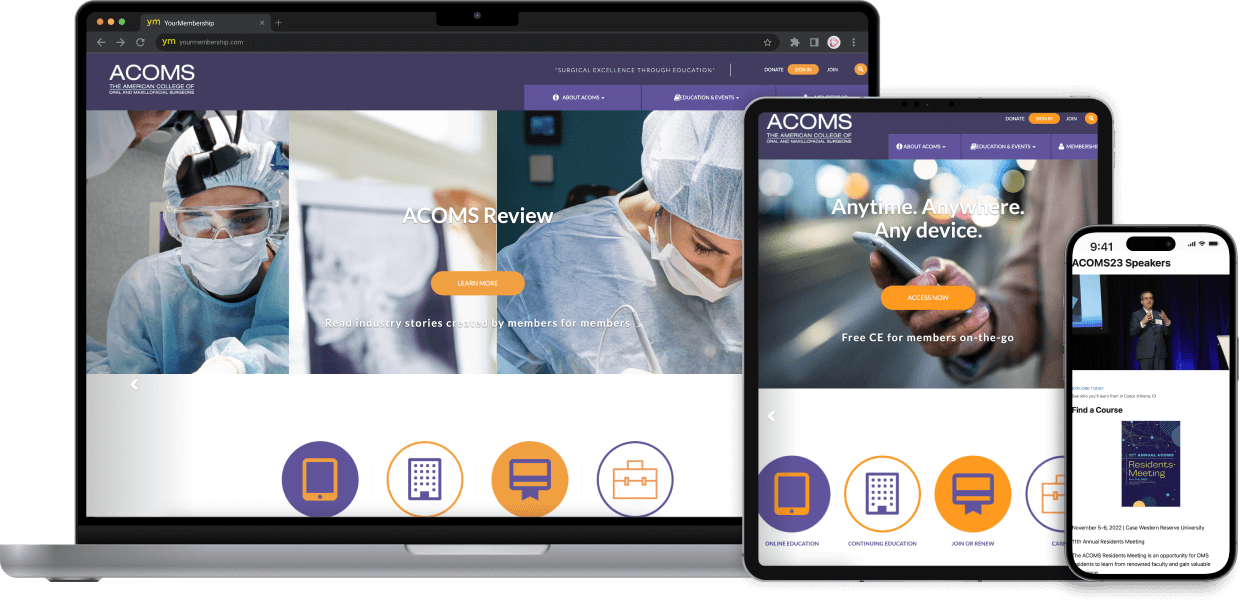Boost Interaction With Ingenious Web Site Layout Solutions
A thoughtfully crafted customer experience, underpinned by tactical visual layout and interactive components, can substantially enhance individual interaction. By discovering numerous techniques such as responsive style and personalized material, organizations can develop a system that not only captivates users but also cultivates long-lasting commitment.
Recognizing Individual Experience
Understanding individual experience (UX) is vital for producing reliable site layout solutions, as it directly affects how individuals connect with digital systems. A comprehensive UX method encompasses different aspects, consisting of availability, individual, and use fulfillment, every one of which add to the general performance of a website.
To begin with, usability concentrates on just how easily users can navigate and locate the details they look for. Availability ensures that all customers, consisting of those with handicaps, can properly interact with the internet site.
Moreover, comprehending customer characters is essential for customizing the experience to satisfy particular audience needs. By performing individual research and screening, developers can collect insights that educate style choices, making certain the website not only fulfills aesthetic goals but likewise fulfills useful requirements. Eventually, a thoughtful approach to UX style fosters involvement, urges retention, and improves overall customer fulfillment, which are important for the success of any electronic platform.
Visual Layout Techniques
Incorporating reliable aesthetic design approaches is necessary for capturing customer attention and improving the general user experience on a web site. A well-balanced visual power structure guides customers through the material, permitting them to conveniently take in and browse details. This can be accomplished via the tactical use typography, color pattern, and spacing, which collectively create a cohesive and interesting layout.
Color plays an essential duty in evoking feelings and developing brand name identification. Utilizing a balanced color combination that lines up with the brand's ethos can foster experience and depend on. In addition, incorporating high-grade images and graphics enhances visual appeal and can substantially boost customer involvement.
Whitespace, often neglected, is similarly crucial as it permits web content to breathe and protects against overwhelming users with clutter. It helps with less complicated reading and understanding, bring about an extra delightful browsing experience.

Interactive Components for Involvement

One key aspect of interactive layout is customization. Customizing experiences based upon customer actions and preferences can significantly raise engagement. As an example, personalized content recommendations or dynamic individual interfaces that adapt to private selections develop a feeling of ownership and significance, motivating customers to discover even more.
Gamification is another effective method. Including game-like aspects, such as achievements or incentives for completing jobs, can transform mundane communications into delightful experiences. This method not just boosts engagement however additionally encourages individuals to return, creating a loyal audience.
Moreover, interactive elements can assist in social sharing, intensifying a site's reach. Functions like comment areas, share switches, and user-generated web content areas foster area communication, turning visitors into energetic individuals (website design copyright). Eventually, the tactical use interactive components is crucial for advice creating a compelling and engaging site that reverberates with customers
Adaptive and responsive Layout
A well-designed website needs to prioritize receptive and adaptive layout to make certain optimal user Visit Your URL experiences throughout a selection of tools and display dimensions. Receptive style uses liquid grids and versatile images, permitting the layout to immediately readjust based on the customer's screen size. This strategy guarantees that customers can quickly navigate and connect with the web content, no matter whether they are utilizing a desktop computer, smartphone, or tablet computer .
In contrast, flexible layout makes use of predefined designs that are customized to particular gadget categories. This means that the site identifies the kind of gadget being used and offers the proper format, which can enhance filling times and optimize the display screen of essential components. While both strategies intend to boost functionality, receptive style is usually favored for its fluidity and smooth change in between gadgets.
Including flexible and responsive design not only improves individual satisfaction but likewise favorably influences search engine rankings. Internet search engine prioritize mobile-friendly sites, hence enhancing exposure and attracting even more site visitors. Therefore, investing in these style approaches is crucial for businesses looking to involve their target market efficiently and preserve an affordable side in today's electronic landscape.
Analyzing User Feedback and Information

Analyzing metrics such as bounce prices, time on web page, and click-through prices uses a measurable perspective on individual engagement. These metrics aid developers determine which material resonates and which locations may call for optimization. Moreover, A/B testing can be used to assess variants in layout, permitting developers to make enlightened choices based on user interactions.
Including user feedback not only enhances internet site use check over here yet also promotes a sense of neighborhood and trust fund. Involving with individuals with responses loopholes cultivates commitment and encourages repeat sees. Inevitably, leveraging individual comments and data analysis is important to developing a vibrant, user-centered website that adapts to evolving user requirements and choices, thus driving greater interaction and fulfillment.
Verdict
In final thought, innovative site style options significantly boost user involvement by focusing on user experience, using effective visual strategies, and incorporating interactive elements. The implementation of receptive and flexible layout guarantees ease of access across different tools, additionally cultivating individual communication.
A thoughtfully crafted user experience, underpinned by critical aesthetic style and interactive aspects, can dramatically enhance customer involvement.Including reliable aesthetic design approaches is important for catching user interest and improving the general user experience on a web site.User comments and information evaluation are important elements of efficient site layout, as they offer beneficial understandings into user habits and preferences. Inevitably, leveraging user feedback and data evaluation is indispensable to creating a dynamic, user-centered website that adjusts to progressing individual requirements and preferences, consequently driving higher interaction and satisfaction.
In conclusion, innovative website design services dramatically improve user involvement by focusing on individual experience, employing effective visual approaches, and incorporating interactive elements.